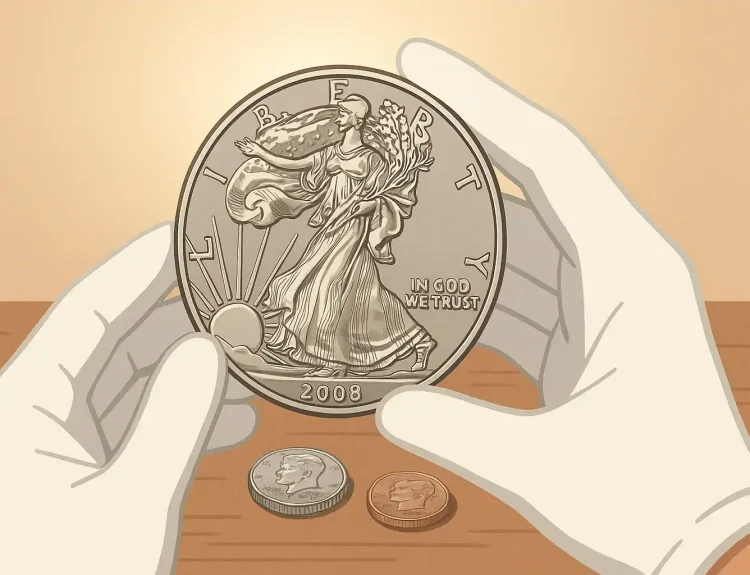Introduction
Rome, the capital city of Italy, is a timeless destination that has captivated travelers for centuries. With its rich history, stunning architecture, vibrant culture, and delectable cuisine, Rome offers an unforgettable experience for every type of traveler. This comprehensive guide will take you on a journey through the heart of the Eternal City, providing insight into its must-see attractions, hidden gems, and local secrets that will make your visit truly memorable.
A Journey Through Time
Rome’s history spans over two and a half millennia, with evidence of early settlements dating back to the 8th century BC. The city rose to power as the capital of the Roman Empire, leaving behind an unparalleled legacy of architecture and art that continues to awe visitors today.
The Colosseum, one of Rome’s most iconic landmarks, stands as a testament to the grandeur and brutality of ancient Rome. This massive amphitheater could hold up to 50,000 spectators and was the site of gladiatorial contests, public spectacles, and animal hunts for nearly four centuries.
Nearby, the Roman Forum offers a glimpse into the political heart of the empire. This archaeological site is home to the ruins of several important government buildings, temples, and public spaces, including the Senate House, the Temple of Saturn, and the Arch of Septimius Severus.
The Vatican City
An independent city-state enclaved within Rome, the Vatican is a must-visit for any traveler. It houses some of the world’s most significant cultural treasures and is the center of Catholicism.
The Vatican Museums are home to an unparalleled collection of art, with over 54 galleries spanning more than seven kilometers. Highlights include the Sistine Chapel, famous for its stunning frescoes by Michelangelo, and the Raphael Rooms, which showcase the master’s genius in a series of interconnected chambers.
St. Peter’s Basilica, the largest church in the world, is an architectural marvel that took over 120 years to complete. Designed by renowned architects including Bramante, Sangallo, and Bernini, it features a soaring dome, intricate mosaics, and a breathtaking interior filled with works by some of history’s greatest artists.
The Heart of Rome
The historic center of Rome is a labyrinthine network of narrow streets, bustling piazzas, and charming neighborhoods that showcase the city’s timeless beauty. From the Spanish Steps to the Trevi Fountain, every corner offers a new discovery.
Piazza Navona, one of Rome’s largest and most beautiful squares, is dominated by three fountains designed by Bernini and Borromini. The centerpiece is the Fountain of the Four Rivers, which depicts allegorical figures representing the Nile, Ganges, Danube, and Plate rivers.
The Pantheon, originally a Roman temple but now a church, is one of the best-preserved ancient buildings in Rome. Its massive dome, with a diameter of 43 meters (142 feet), was an architectural marvel when it was built in 126 AD and remains so today.
The Eternal City’s Cuisine
Roman cuisine is a delightful blend of simple, rustic dishes and sophisticated, refined flavors. From humble street food to elegant tasting menus in Michelin-starred restaurants, the city offers an endless variety of culinary delights.
Cacio e Pepe (cheese and pepper) is a classic Roman pasta dish that exemplifies the region’s affinity for bold, minimalist flavors. The secret lies in the perfect balance of Pecorino Romano cheese, black pepper, and starchy pasta water to create a creamy sauce without using any cream.
Supplì are fried rice balls, often filled with tomato sauce, mozzarella cheese, and sometimes even meat or vegetables. They’re crispy on the outside and gooey on the inside, making them an irresistible street food treat.
For a more refined dining experience, try Amici Miei, a cozy osteria in the Trastevere neighborhood that serves up traditional Roman dishes with a modern twist. The carbonara is made with guanciale (cured pork cheek) and pecorino cheese, while the abbacchio scottadito (grilled lamb chops) are seasoned with rosemary and garlic.
Beyond the Tourist Traps
While Rome’s major attractions are well worth a visit, there’s so much more to discover beyond the tourist hotspots. Venturing off the beaten path will reward you with authentic experiences and hidden gems that showcase the city’s true character.
The Testaccio neighborhood is known for its vibrant street art scene, trendy bars, and restaurants serving innovative takes on Roman cuisine. The Mercato di Testaccio food market is a treasure trove of local products, from fresh cheeses to cured meats and traditional biscuits.
For a taste of Rome’s artisanal past, visit the Scuola di Ceramica in the Trastevere neighborhood. This studio offers workshops where you can learn to make your own pottery under the guidance of experienced teachers using ancient techniques.
The Giardino degli Aranci (Garden of Oranges) is a hidden oasis perched atop the Aventine Hill, offering panoramic views of Rome’s skyline and the chance to relax among fragrant orange trees. The peaceful atmosphere and stunning vistas make it an ideal spot for a quiet moment away from the city’s bustle.

Conclusion
From its ancient ruins to its vibrant modern culture, Rome is a city that never fails to captivate and inspire. Whether you’re a history buff, a foodie, or simply someone who loves exploring new places, this comprehensive guide will help you navigate the Eternal City with ease and make the most of your time there.
By delving into Rome’s rich past at sites like the Colosseum and Roman Forum, immersing yourself in its artistic splendor at the Vatican Museums and St. Peter’s Basilica, wandering through its charming streets and squares, savoring its delicious cuisine, and discovering its hidden gems, you’ll leave with a deeper understanding of what makes Rome truly special – its ability to seamlessly blend past and present, tradition and innovation, in a way that feels both timeless and utterly alive.



